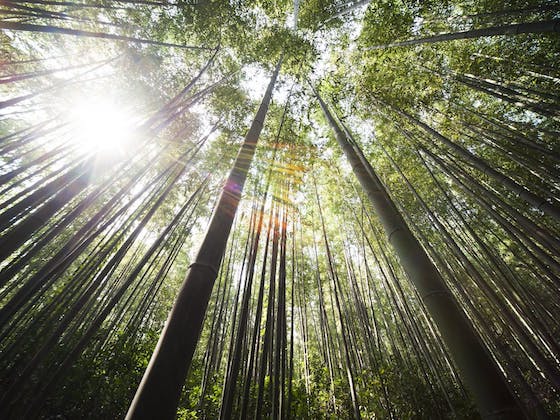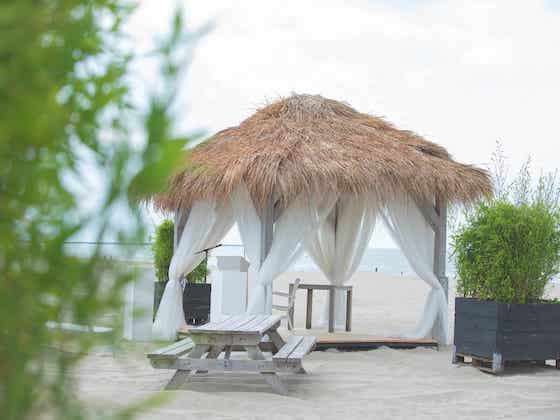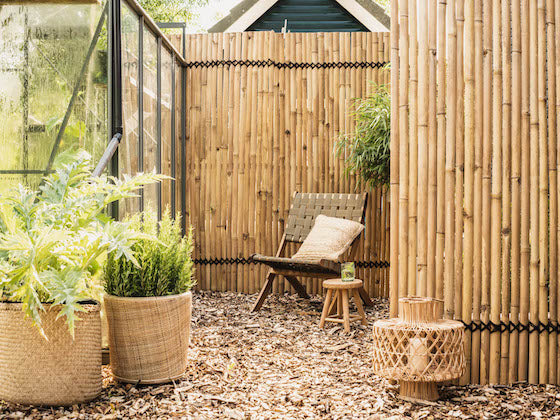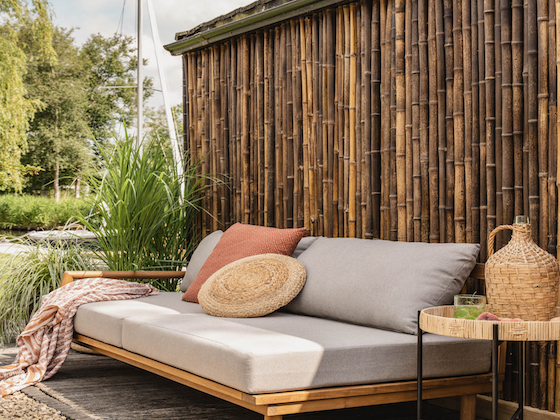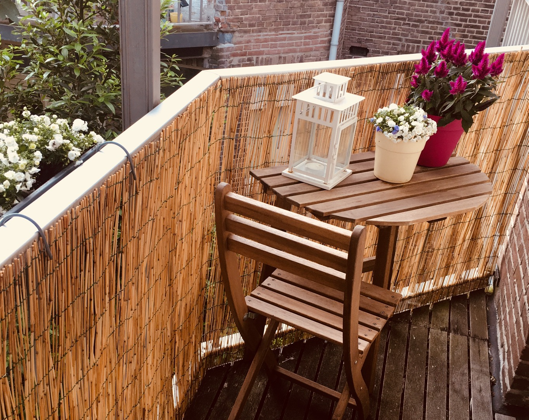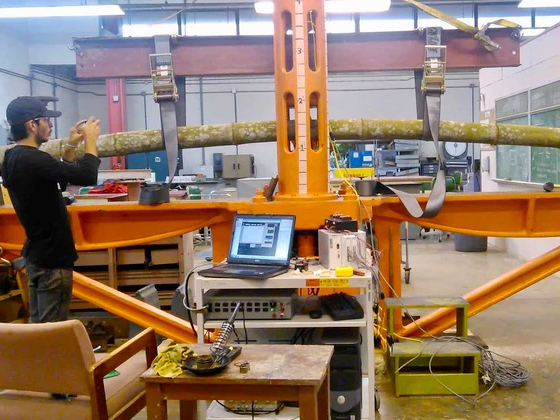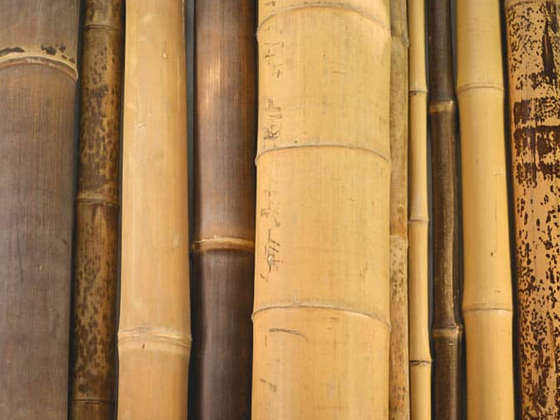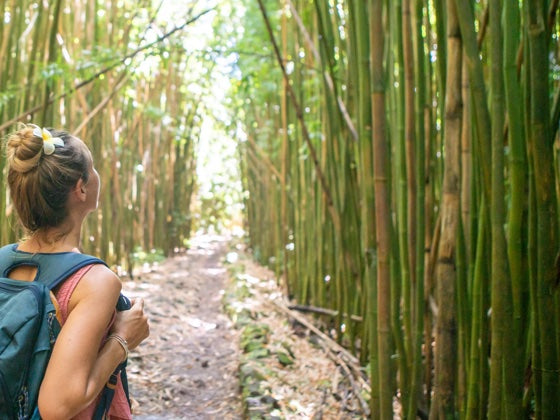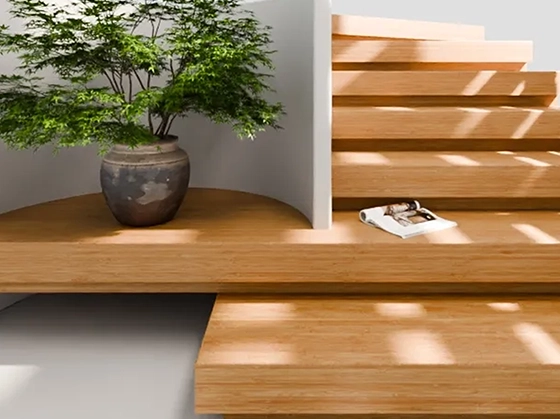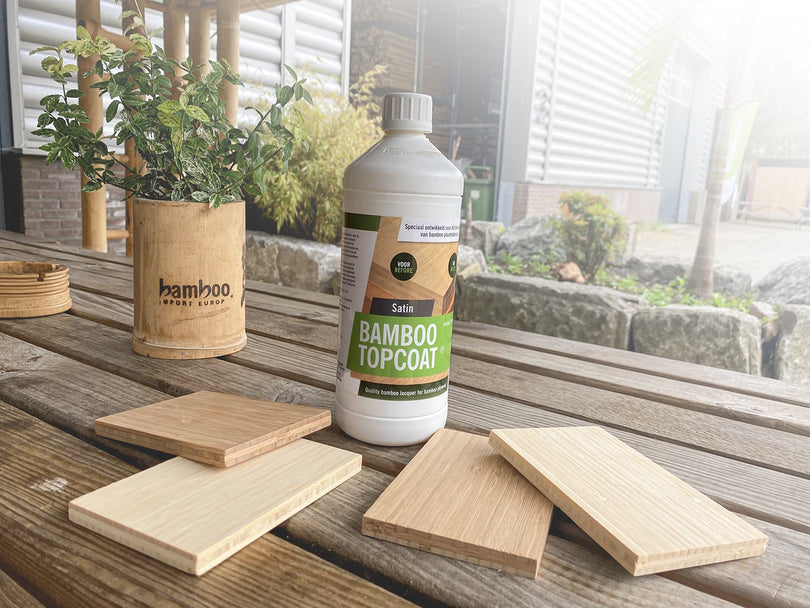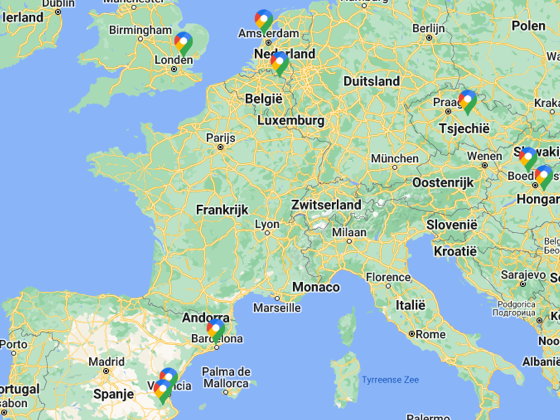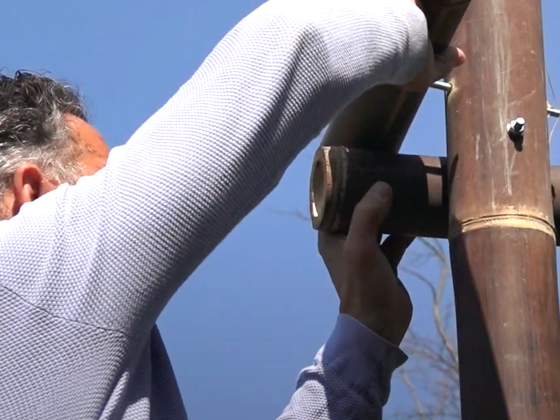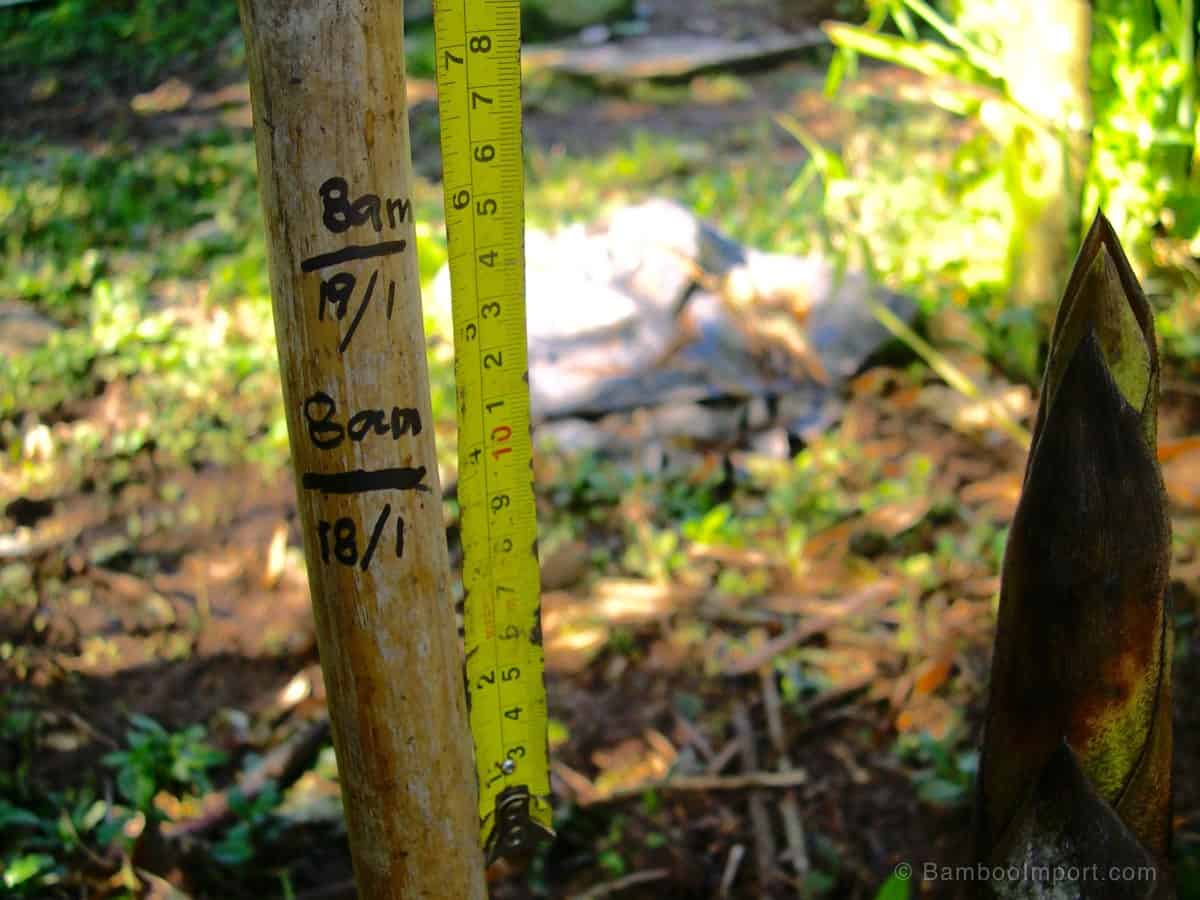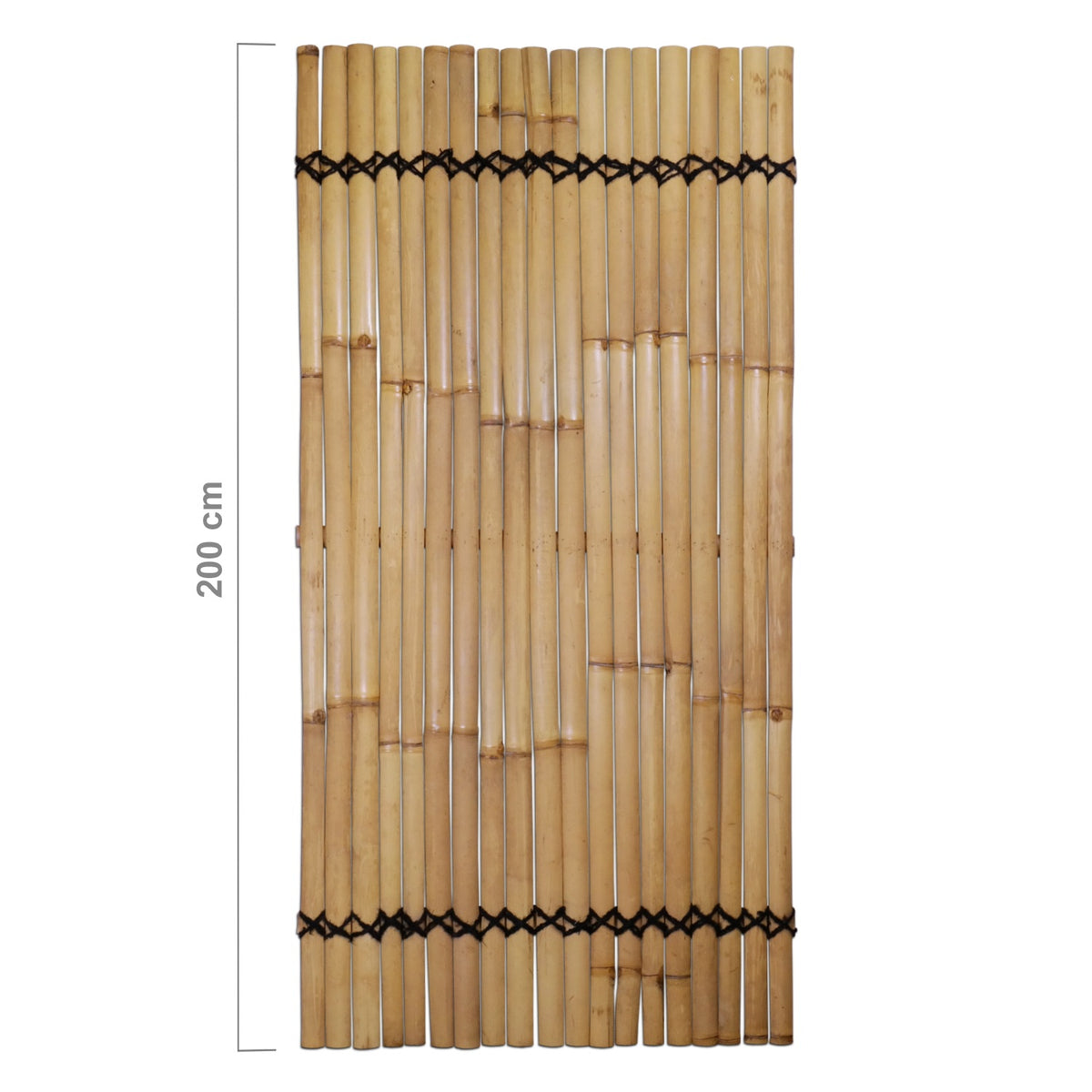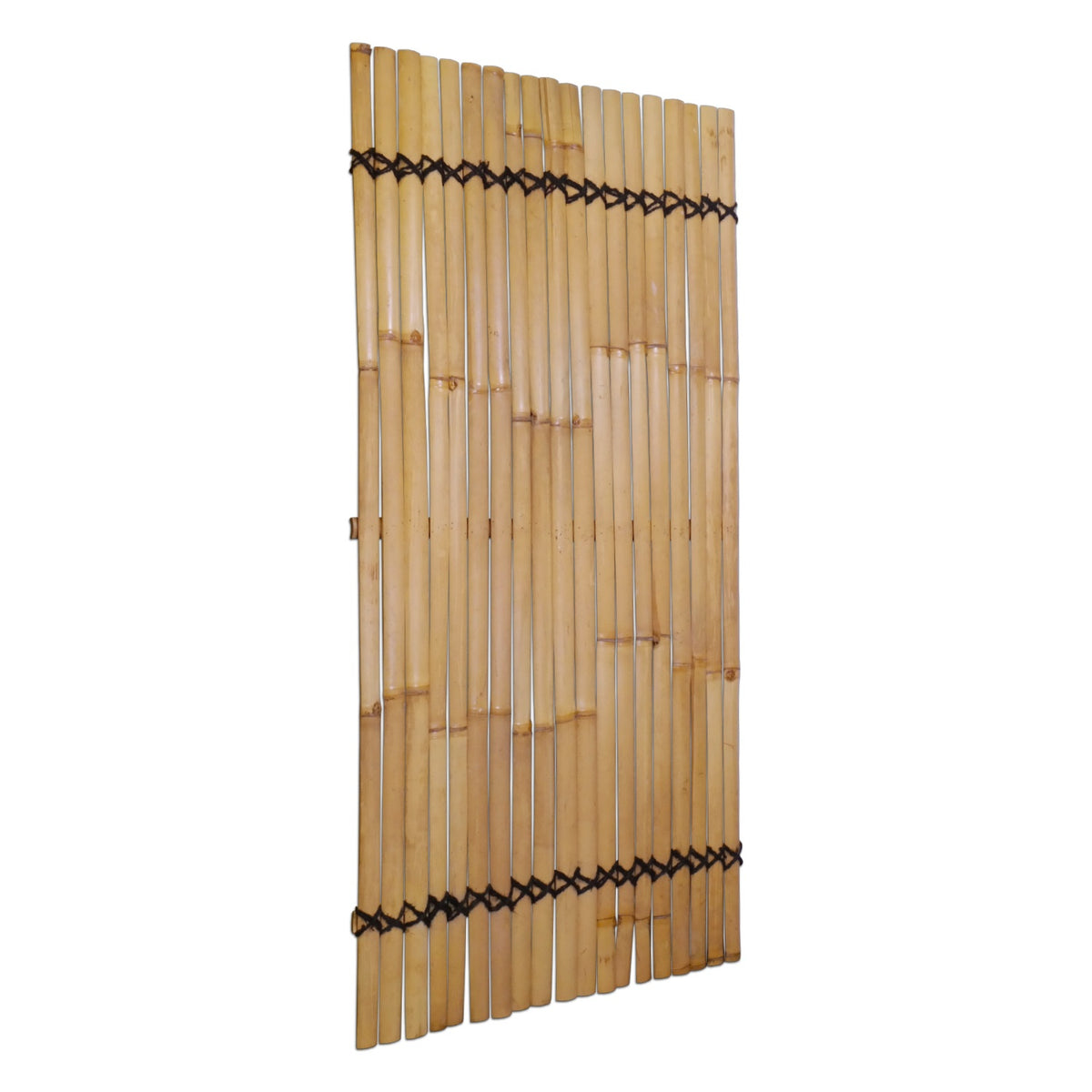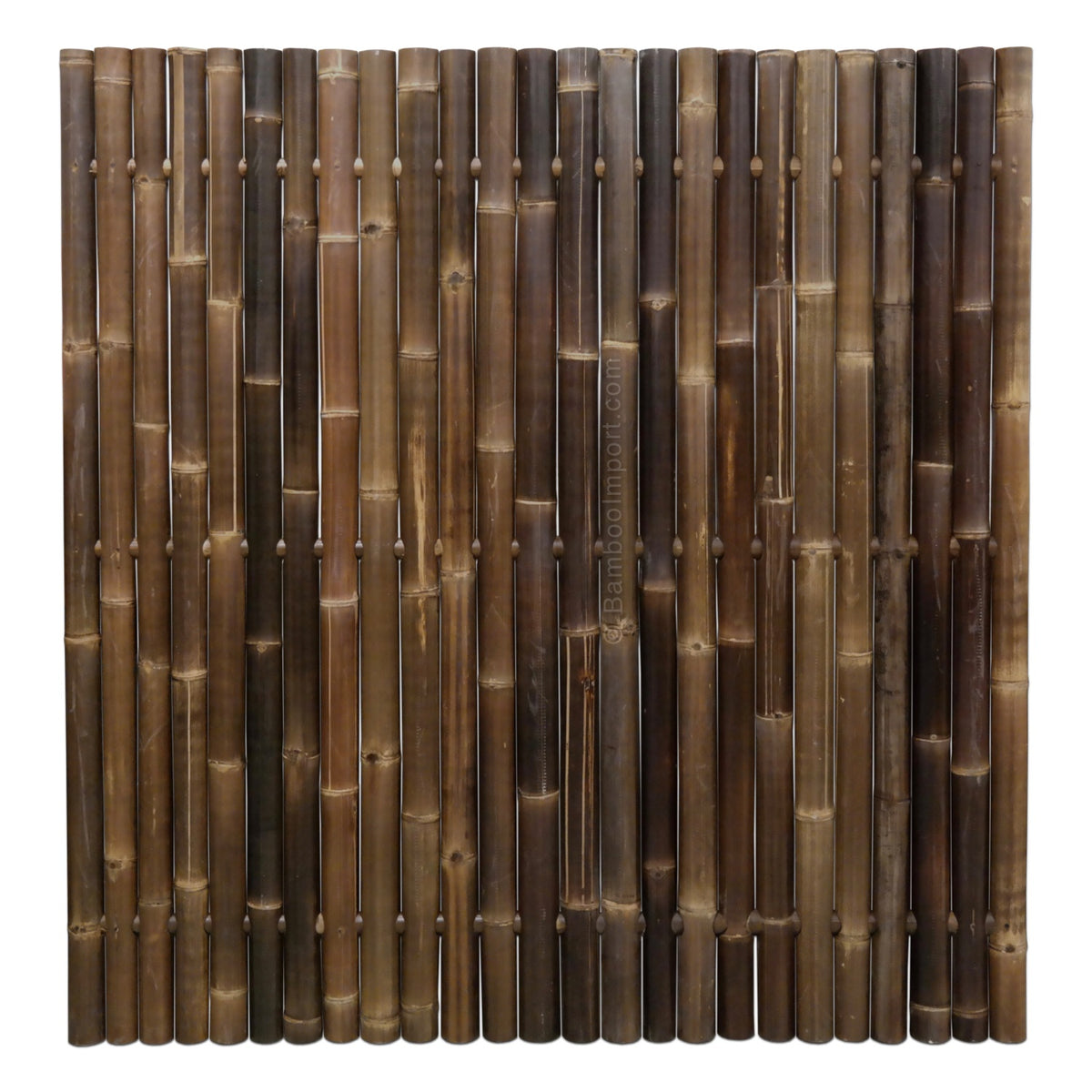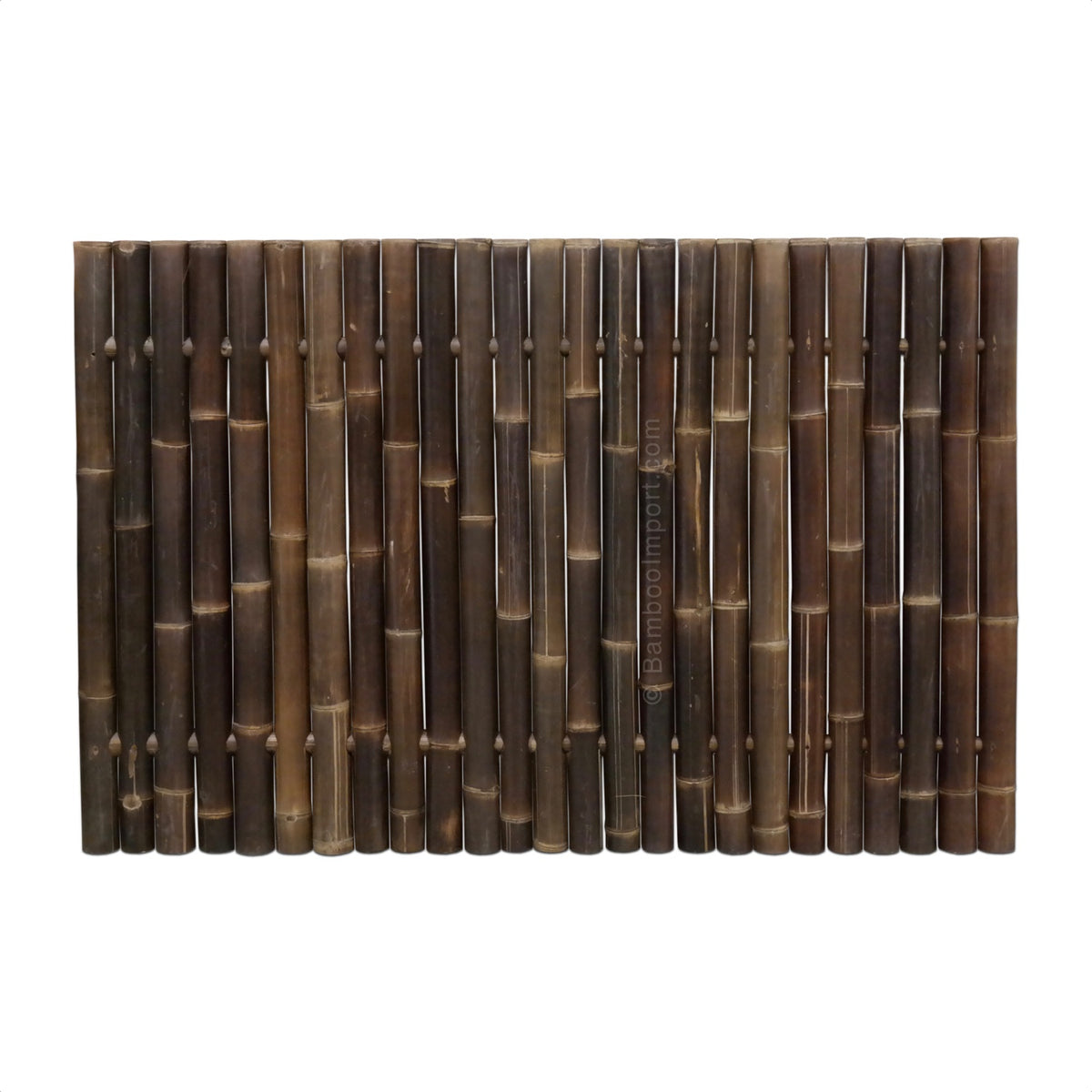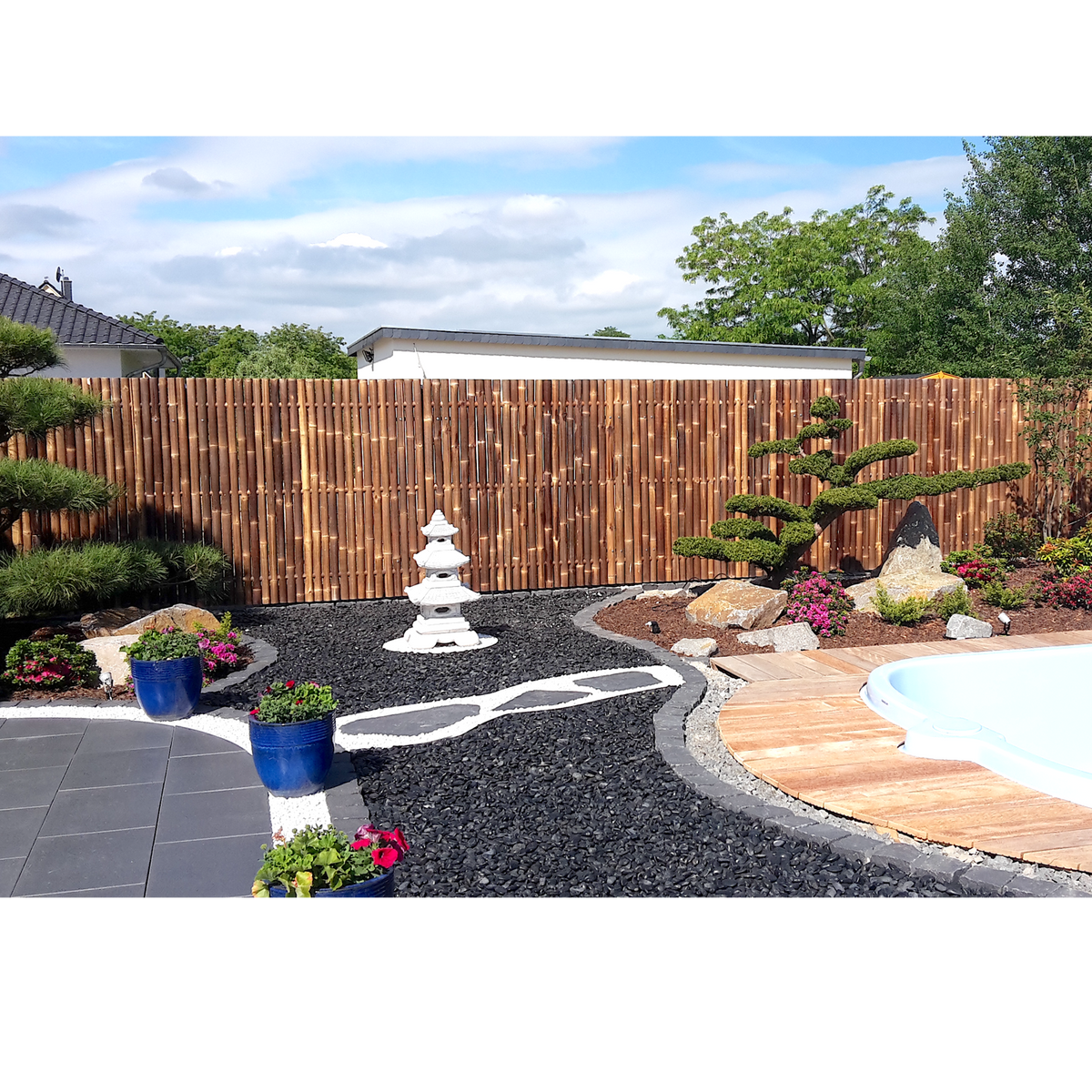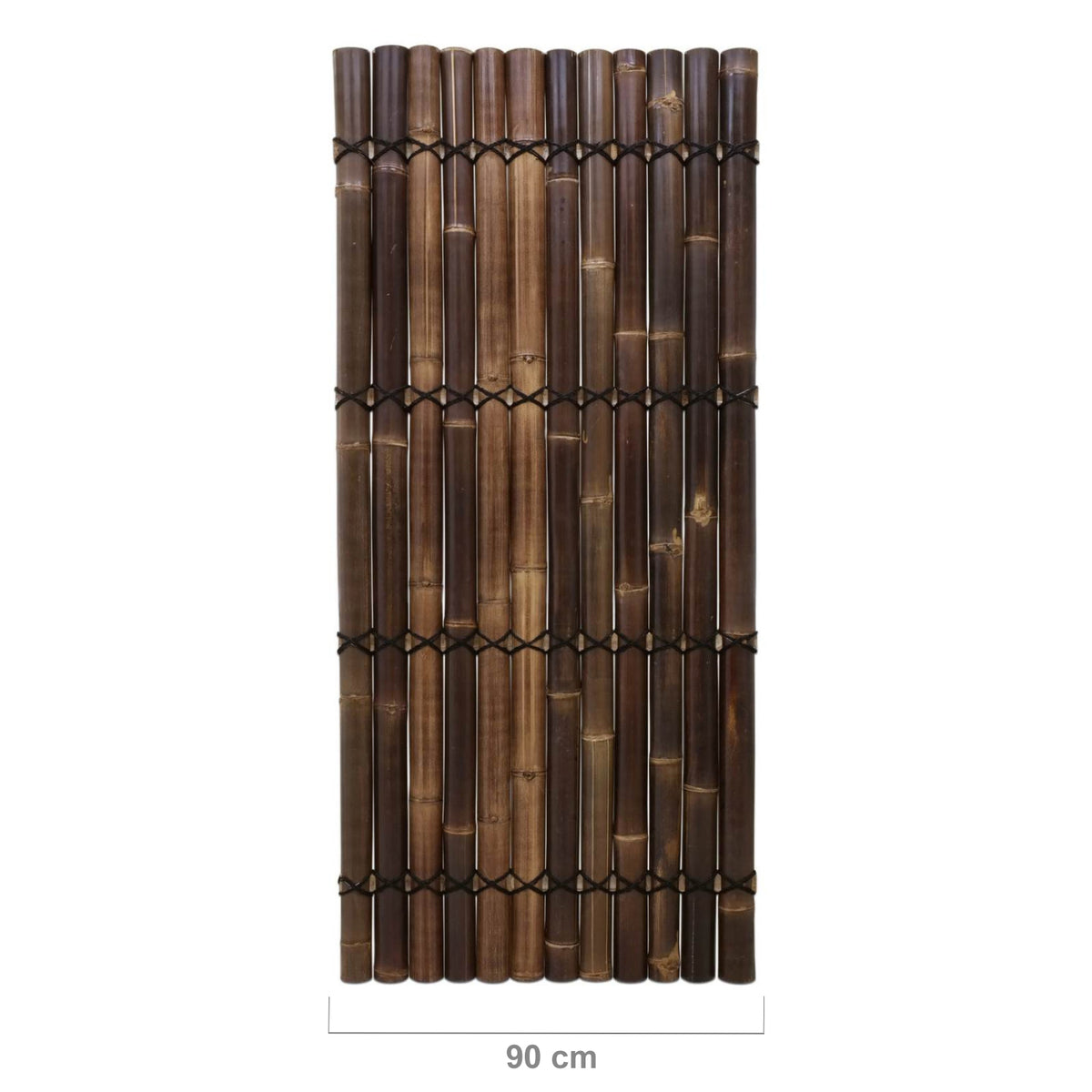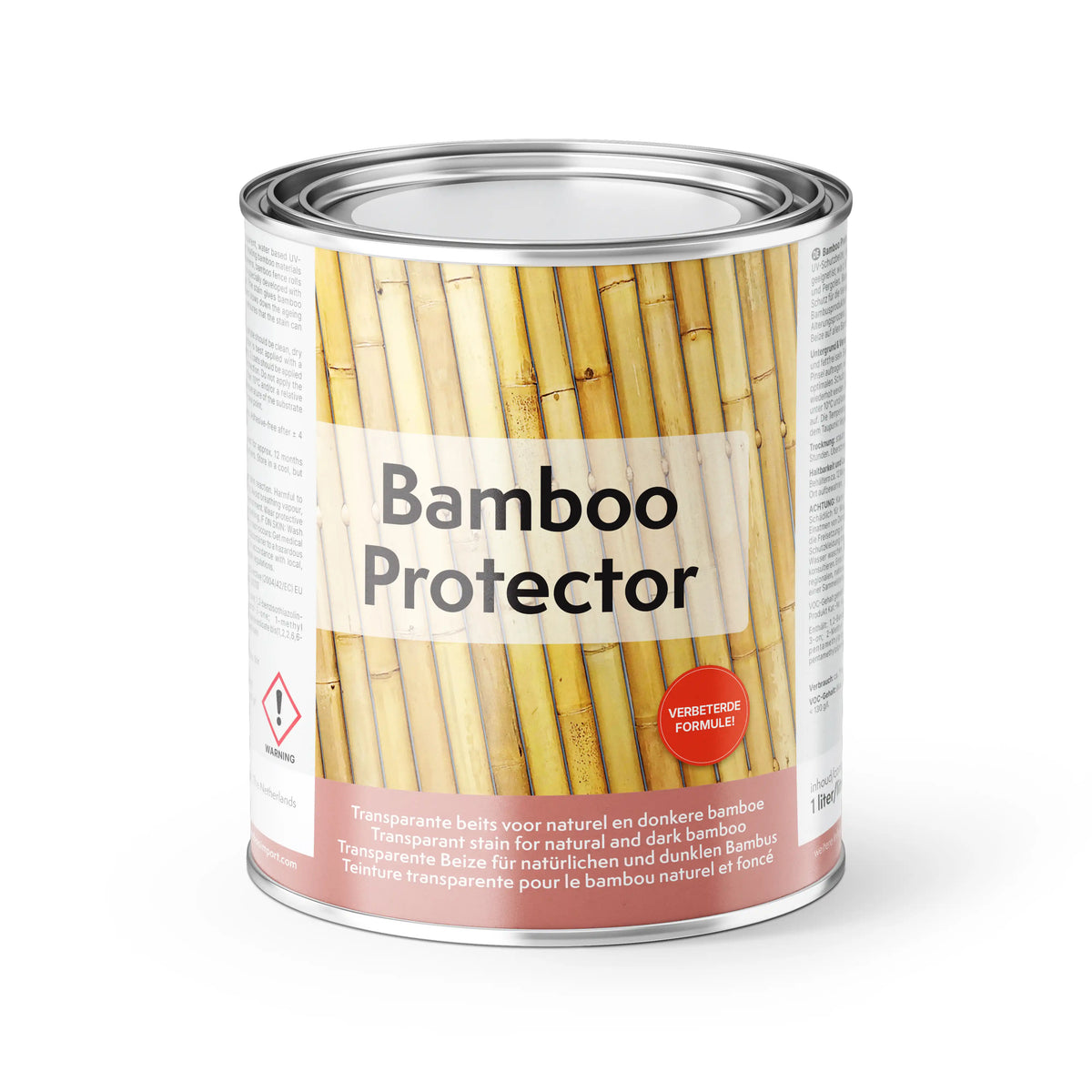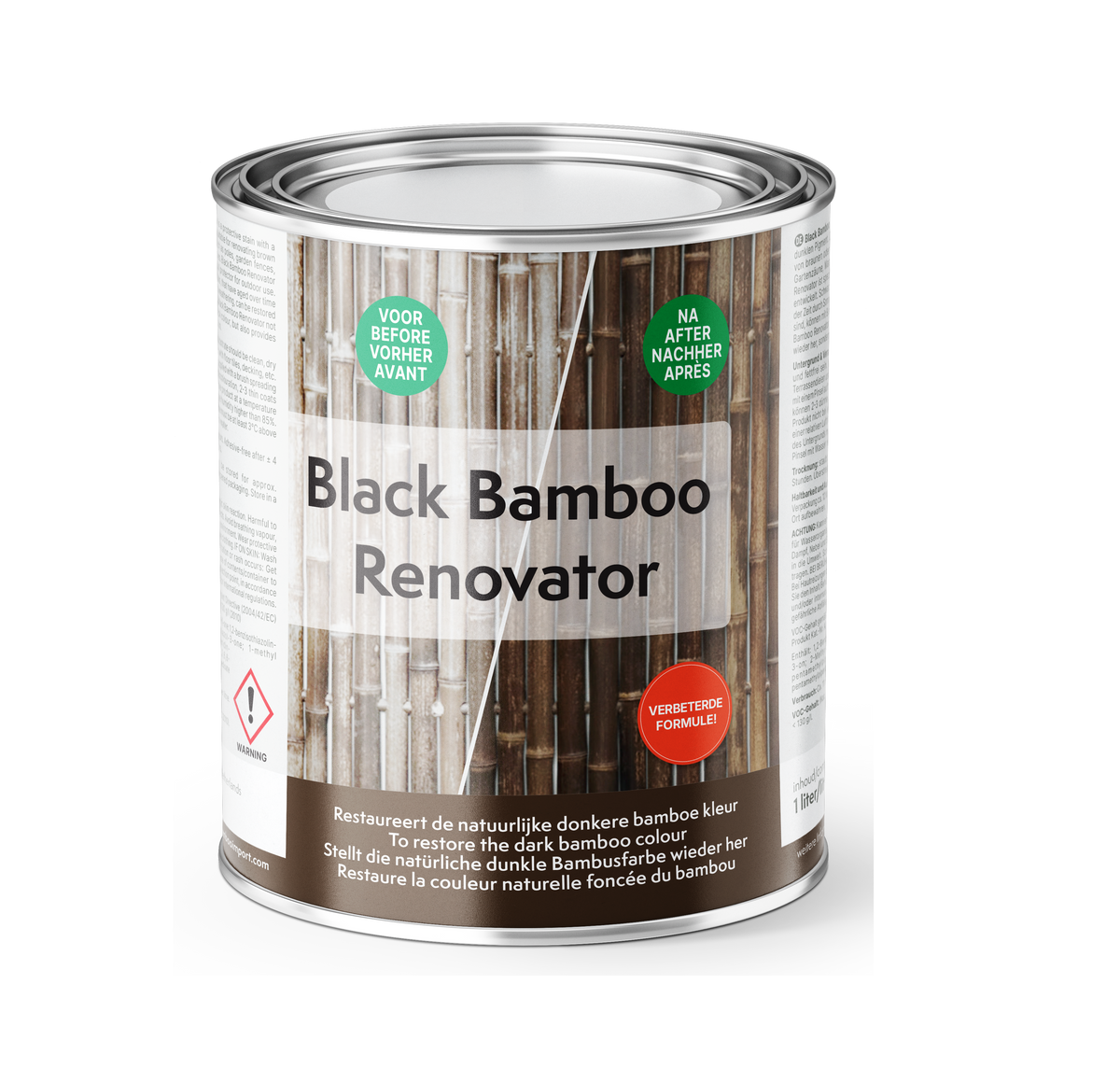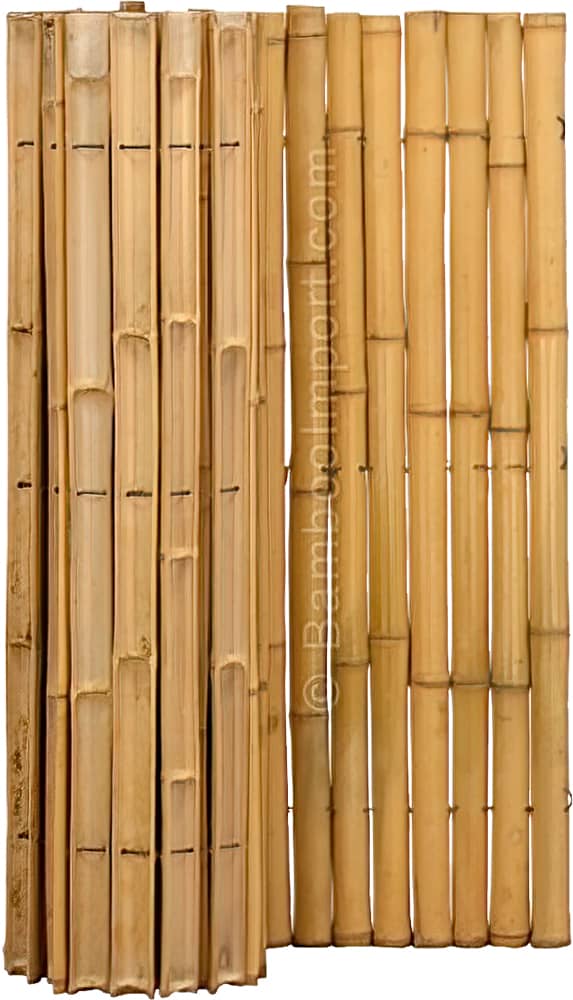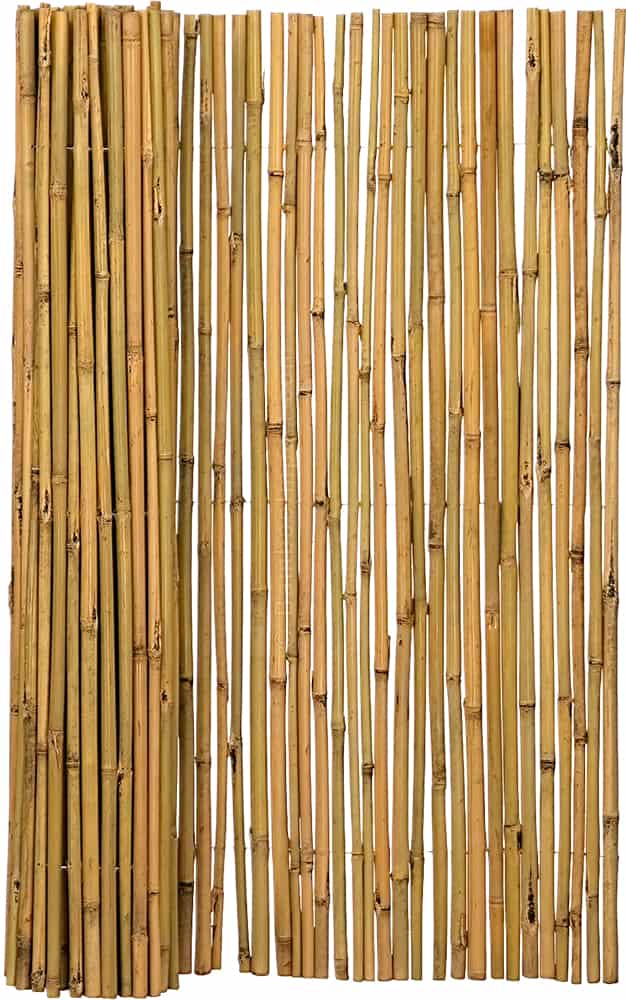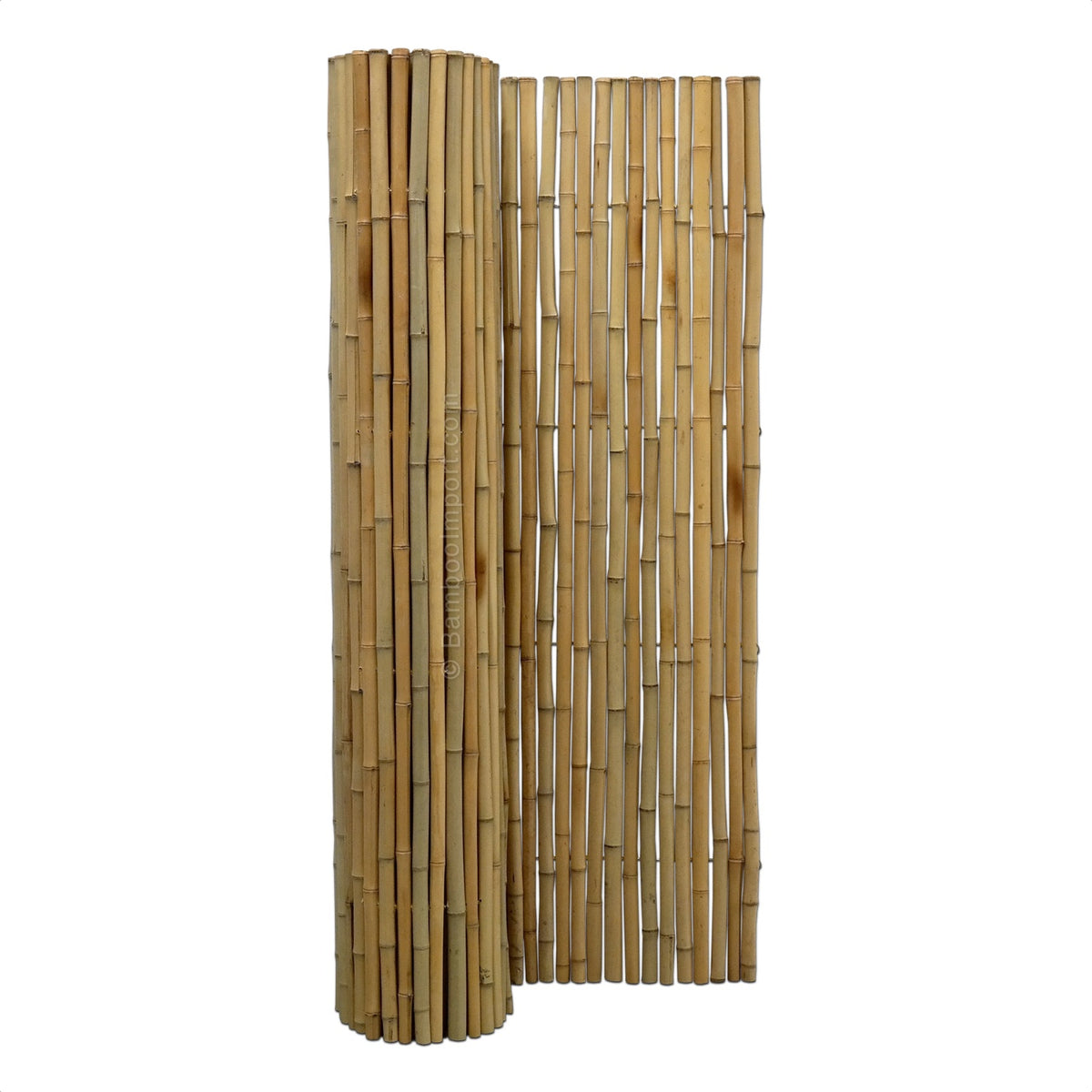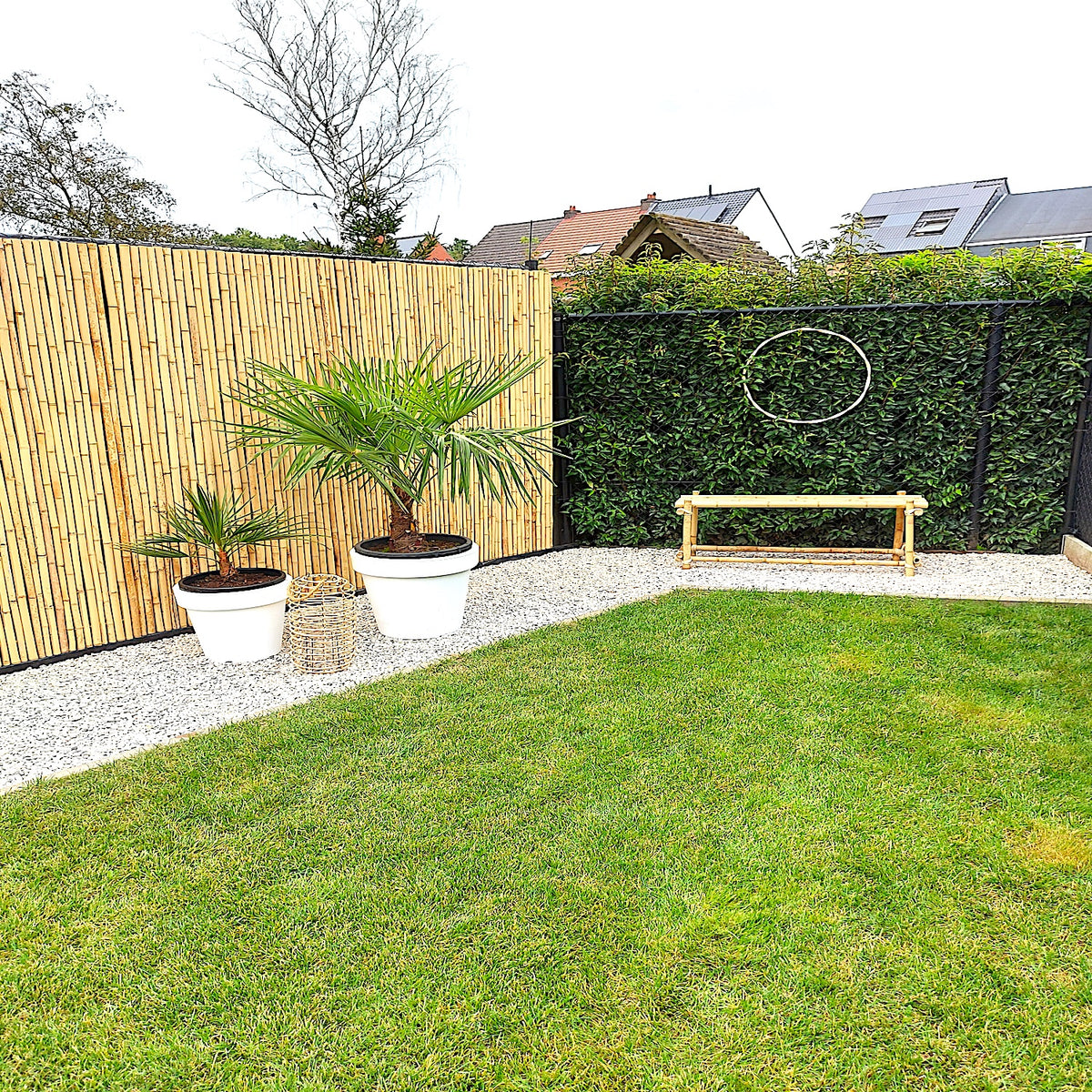Incredible stories circulate about bamboo, but is everything they say about this plant true? Does bamboo really grow 1 meter a day? Does bamboo originate from China? Is bamboo stronger than steel? In this article you will find the right answers to all these questions.
1. Where does the word "bamboo" come from?

The origin of the word bamboo comes from the Malay word "mambu". In the late 16th century (1590-1600), the Dutch called it "bamboo", after which it received its neo-Latin name "bambusa".
Some say the original word was "bambu" because it resembles the sound bamboo makes when it explodes in an open fire. When bamboo is heated, the hot air in the sealed hollow chambers of the internodes expands and makes an explosive boom-boom sound.
2. Is bamboo a tree?
Bamboo belongs to the Bambusoideae, a subfamily of the grass family Poaceae (Gramineae). It was the German botanist Charles Kunth who first published his taxonomic findings in 1815. Of all the grasses, bamboo is the largest and the only one that can grow into a forest.
Although bamboo is a grass, many of the large woody bamboo species look like trees and are often popularly referred to as "bamboo trees." However, there are some key differences between bamboo and trees.

A mixed forest of bamboo and trees. Can you tell the difference?
Bamboo lacks the meristem cells and vascular cambium layer that trees have. The vascular cambium is the continuously growing layer of a tree trunk under the bark that makes a tree thicker each year. The meristem cells, in turn, ensure that the tree grows taller each year.
However, bamboo stems do not grow thicker or longer as they age. A single bamboo stem reaches its full height and thickness in just one growing season (6 - 8 months). The fibers of the bamboo culm age over the following 3 - 4 years, but the culm does not grow thicker or taller.
Another important difference is that bamboos do not have bark like trees, but in their early stage of development they have protective bracts around the culm.
3. Where does the bamboo grow?
Bamboo is found in nature on 5 continents: Africa, Asia, South America, North America and Australia. In other words, bamboo is native to all continents except Antarctica and Europe. Coincidentally, diamonds are found on every continent except Antarctica and Europe.
Bamboo grows in the tropical and subtropical regions of Asia, Africa, and Latin America. The northernmost bamboo species are found in southern North America and central China, and the southernmost bamboo species are found in Patagonia. Bamboo also occurs naturally in northern Australia.

Green zones are places where bamboo occurs naturally.
Bamboo is usually found as secondary vegetation in natural forests, but in some cases it is the dominant vegetation. This is the case in northeastern India, on the mountain slopes of East Africa, and in some parts of South America, where bamboo covers many thousands of square kilometers.
Unlike many other plants, bamboo can tolerate extreme conditions. Some species grow in the Andes and Himalayas from sea level to 4,000 meters above sea level, and some species can withstand temperatures below -20 degrees Celsius. Most bamboo species can also survive extreme drought or humidity.
4. How many species of bamboo are there?
The subfamily Bambusoideae includes both woody and herbaceous bamboo species with a total of 1,575 identified species in 111 different genera.
Herbaceous bamboos are usually small and look very similar to grasses, while woody bamboos (depending on the species) can grow up to 40 m tall and reach a diameter of 30 cm. Therefore, they are often mistaken for "trees."
About 100 species are used commercially, of which 20 have been identified as priority species for those wishing to establish bamboo plantations. In addition to these commercially important species, many attractive ornamental bamboo species are also grown in nurseries for ornamental purposes.

Culms of different bamboo species
5. How fast does bamboo grow?
Bamboo consists of many different species, all of which have unique growth characteristics and features. The statement that bamboo grows 1 meter per day is misleading, as not all bamboo species grow that fast (most "only" grow between 5 and 20 cm per day).
However, the Guinness Book of Records states that the world record for the fastest growing plant in the world belongs to a "certain species of bamboo" that grows up to 91 cm per day. This is the equivalent of almost 4 cm per hour, or a growth rate of 0.00003 km/h.
This growth rate can only be achieved if the bamboo grows in very nutrient-rich soil and weather conditions are optimal (perfect heat/humidity balance). Madake bamboo (Phyllostachys bambusoides) and Moso bamboo (Phyllostachys edulis) are currently considered the fastest growing bamboo species in the world.

6. How tall does the bamboo grow?
Herbaceous bamboos are usually small, resemble grasses, and grow only a few inches tall. Woody bamboos, on the other hand, depending on the species, can grow to over 30 meters tall and reach a diameter of 20 centimeters, which is why they are often mistaken for "trees". The bamboo species Dendrocalamus sinicus is considered the largest bamboo in the world, reaching a height of 40 m and a diameter of 30 cm.
7. bamboo survived Hiroshima
An extraordinary example of the survivability of bamboo is the fact that it was the only plant to survive the radiation of the Hiroshima atomic bomb in 1945. The extreme heat destroyed all trees and plants except for a bamboo forest. The forest has since been cut down, but the culms are preserved in a museum in Hiroshima, Japan.
8. Can bamboo conduct electricity?
Less than a year after he developed the first practical light bulb (1880), Thomas Edison designed a new version that included all the essential features of a modern lamp: a filament in a threaded glass bulb and an airless bulb.
The key factor was finding the right material for the filament, the part inside the bulb that glows when electric current flows through it. Edison tested more than 1,600 materials, including coconut fiber, fishing line and even an employee's whiskers.
Eventually, Edison settled on bamboo as the filament. Edison and his team discovered that carbonized bamboo could conduct electricity and that the life of a bamboo filament was more than 1,200 hours, more than any other material available at the time.
Researchers have since built on his work and have now discovered that bamboo carbon consists of natural "nanotubes" that can conduct electricity as a very thin film on a glass or silicon substrate surface.
9. Is Lucky Bamboo a real bamboo species?
The popular ornamental plant that is supposed to bring positive energy and prosperity to those who place it in their homes or offices is actually not a bamboo at all.
Lucky Bamboo is exported worldwide and grown mainly in China and Taiwan, although the plant actually originates from Africa. Unlike real bamboo, lucky bamboo grows very slowly (about 10 cm per year). The stems are usually sold when they are between 10 cm and 100 cm long.
Although the word "bamboo" appears in the name of this plant, its taxonomic order is completely different from that of the true bamboo. The botanical name of the lucky bamboo is Dracaena braunii (also known as Dracaena sanderiana).





